According to Vietnam Railways Corporation , this event marks an important step forward in the cooperation efforts between the railway sectors of the two countries, meeting the increasing travel, trade and tourism needs of the people of the two countries after a period of interruption due to the impact of the Covid-19 pandemic.
Specifically, MR1 train will depart from Gia Lam station at 9:20 p.m. and arrive at Nanning station at 10:06 a.m. the next day. In the opposite direction, MR2 train will depart from Nanning station at 6:05 p.m. and arrive at Gia Lam station at 5:30 a.m. the next day. Passengers will complete immigration procedures at Dong Dang station ( Lang Son , Vietnam) and Bang Tuong station (Guangxi, China).
In particular, from May 27, 2025, the railway industry of the two countries will organize direct trains from Gia Lam station ( Hanoi ) to Beijing station (China) and vice versa. Specifically: Trains depart from Gia Lam station at 9:20 p.m. every Tuesday and Friday, arriving at Beijing West station every Thursday and Sunday. Passengers can buy tickets to continue to a third country by rail at international transit stations in China.
In Vietnam, in addition to selling tickets to international transit stations in China, Vietnam Railways Corporation also sells tickets for domestic routes from Gia Lam Station to Bac Giang, Dong Dang stations and vice versa.
Regarding ticket prices, the Hanoi-Nanning route costs about 1 million VND/ticket/way, the Hanoi-Beijing route costs about 9,378,000 VND/ticket/way. In particular, children under 4 years old are free of charge, children from 4 to 12 years old are 50% off (each adult is allowed to bring 1 child), groups of 6 or more people are 25% off ticket prices.
Currently, Vietnam Railways Corporation organizes the sale of international train tickets directly at the stations: Hanoi, Gia Lam, Bac Giang and Dong Dang.
The restoration of international passenger train operations between Vietnam and China aims to strengthen economic cooperation, improve the efficiency of railway infrastructure exploitation and expand opportunities to attract international tourists by train. Thereby, it contributes to promoting bilateral trade, developing tourism, cultural exchange, people-to-people exchange, creating more options for safe, convenient, economical and environmentally friendly means of transport for the people of Vietnam and China.
Currently, international train travel between the two countries is increasingly convenient and fast, with immigration procedures carried out directly at international railway stations. Passengers taking the international train from Vietnam to Nanning (China) will easily continue their journey by high-speed train system to all points in the country, thanks to the extensive high-speed train network.
In preparation for the resumption of international passenger trains, Vietnam Railways has coordinated with relevant agencies such as border guards, customs, health, etc. to hold talks with the authorities and relevant agencies of Bang Tuong to unify the contents related to the inspection of passengers on board. At the same time, the work of preparing vehicles and renovating stations and routes to serve passengers in the best and most convenient way is being carried out.
The organization of international passenger trains between Vietnam and China is carried out based on the Vietnam-China Border Railway Agreement signed in 1992. Before the Covid-19 pandemic broke out, Vietnam Railways Corporation and China Railways organized international passenger trains between Hanoi and Nanning every day. The railways of the two countries expect the number of passengers to increase sharply after the resumption of this train due to the recent trend of people traveling by rail between the two countries and international tourists.
Source: https://nhandan.vn/khoi-phuc-chay-tau-khach-lien-van-quoc-te-viet-trung-sau-thoi-gian-gian-doan-post881636.html



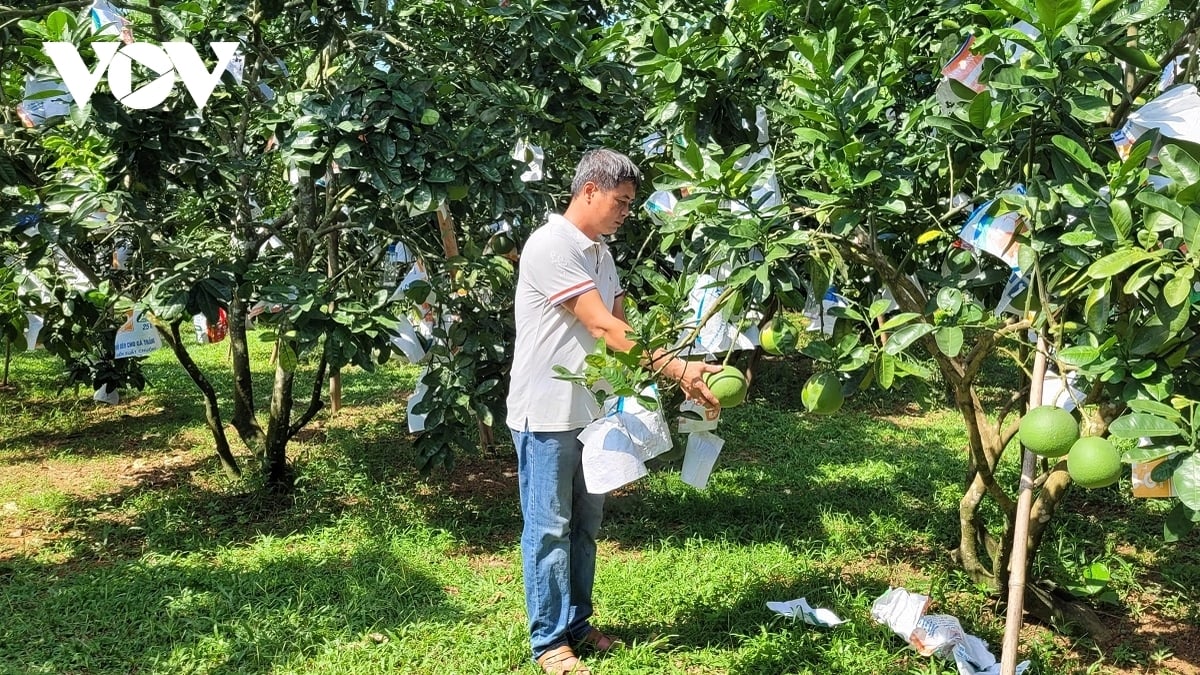





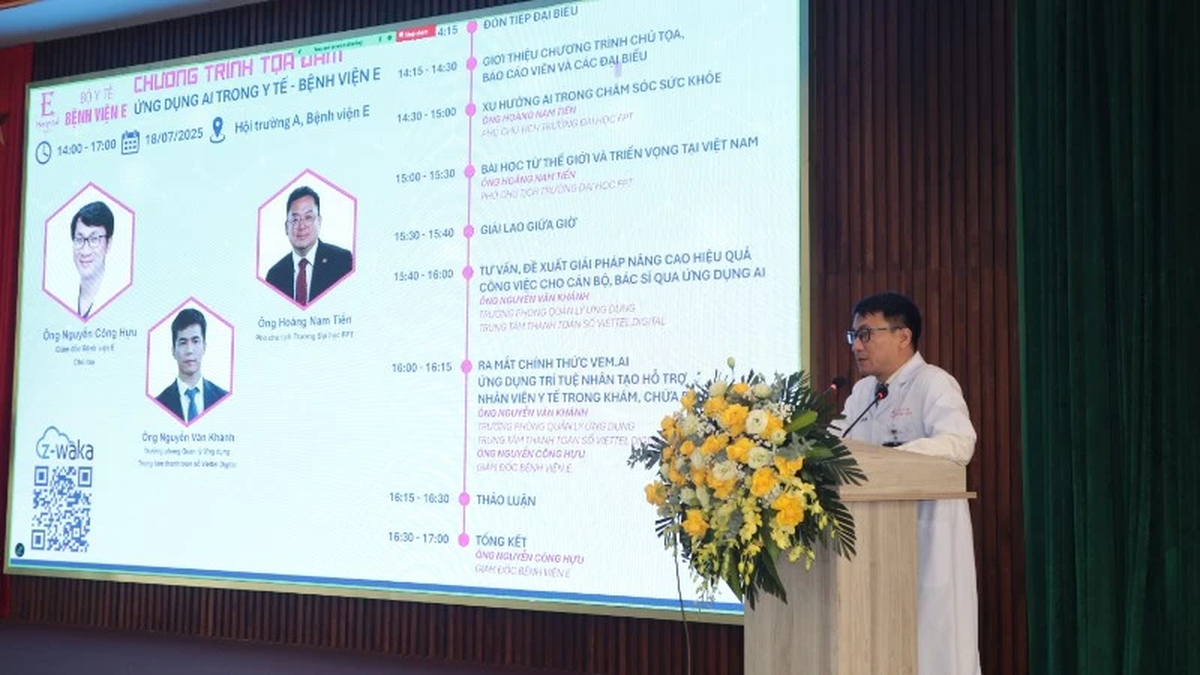














































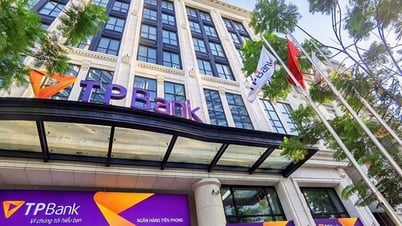

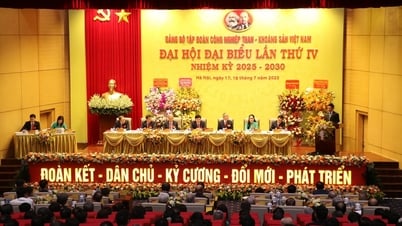
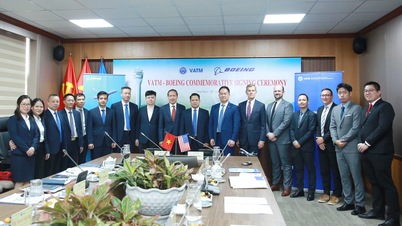



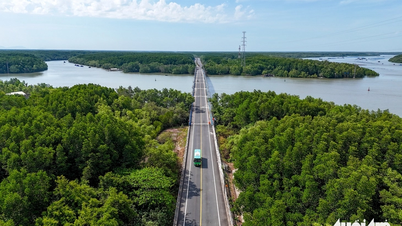
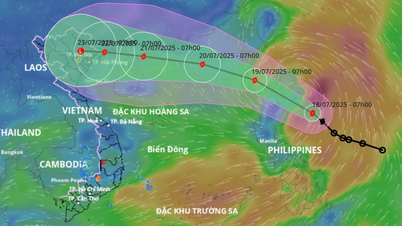






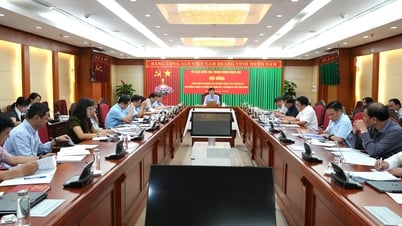



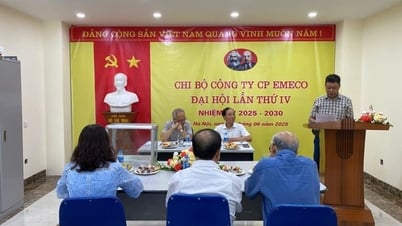
















![[Infographic] In 2025, 47 products will achieve national OCOP](https://vphoto.vietnam.vn/thumb/402x226/vietnam/resource/IMAGE/2025/7/16/5d672398b0744db3ab920e05db8e5b7d)





Comment (0)